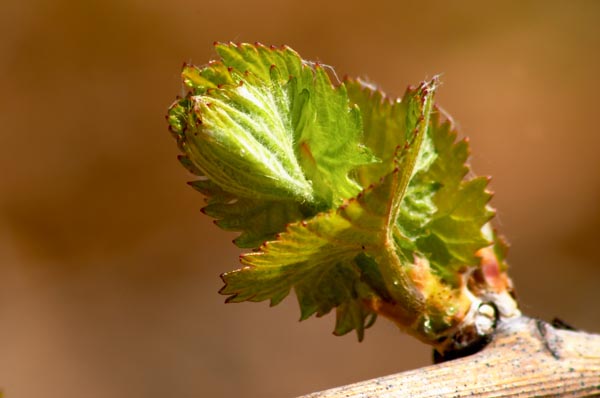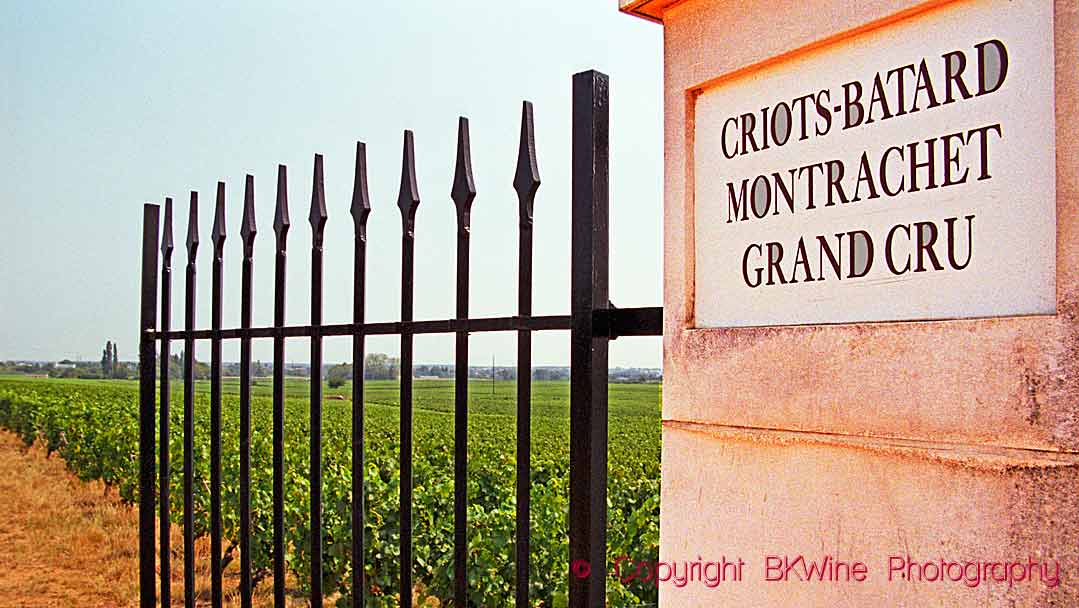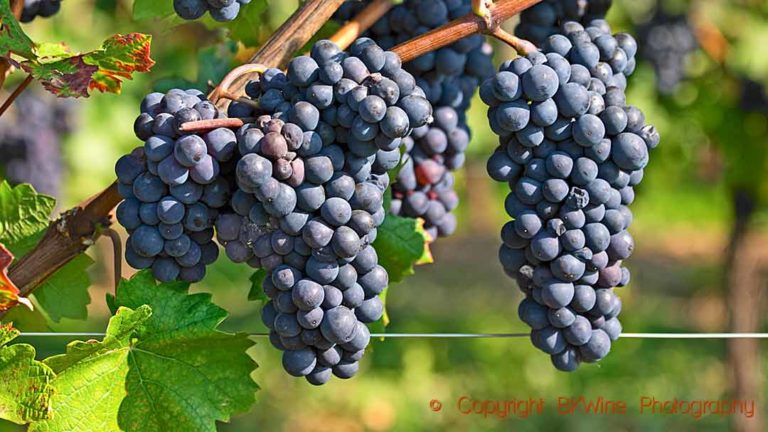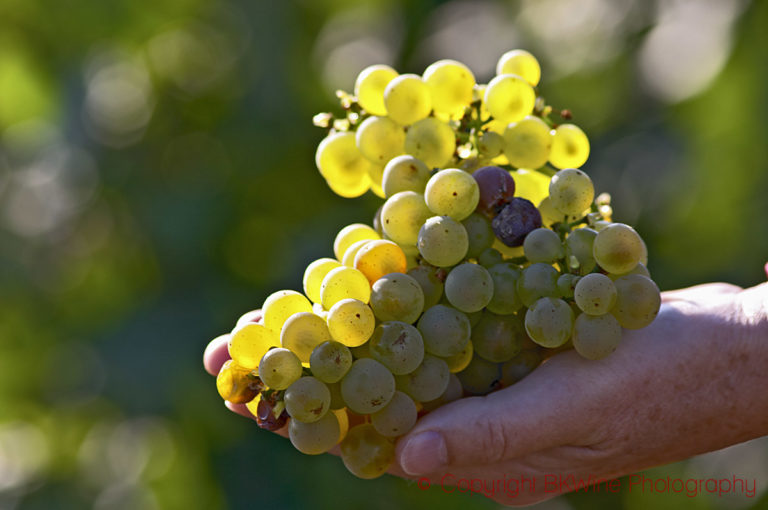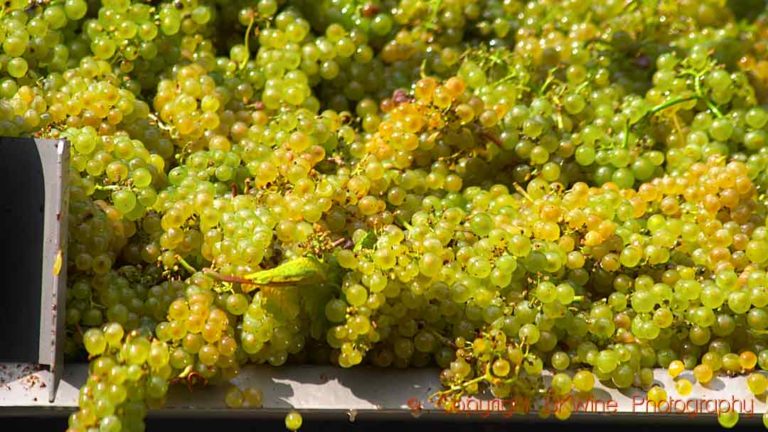Is there any white wine grape that is more loved all over the world than chardonnay? It may have a natural explanation. It is a grape that fits everyone. It is easy to grow, easy to vinify and easy to like. It can be grown almost anywhere.
It has its roots in Burgundy’s relatively cool climate, but it thrives well in both warmer and colder climates. It is grown with great success, not only in Burgundy and Champagne, but also in Italy, USA, Australia, New Zealand, Chile and other countries worldwide. Chardonnay is, along with cabernet sauvignon, the wine world’s most travelled grape.
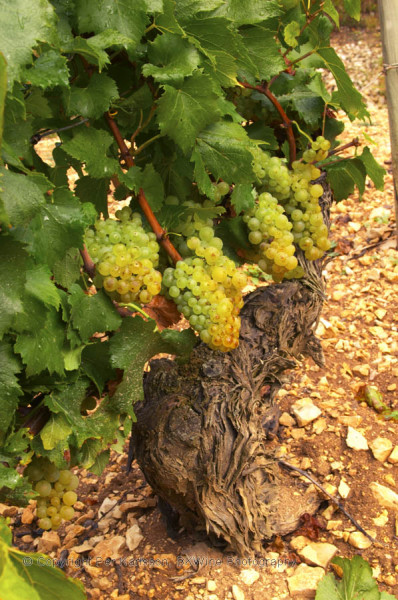
Easy to please grape
It is quite difficult to make a really bad chardonnay wine. The grape is so easy vinify that you have to have very bad luck or be very ignorant not to make at least a decent wine. The most common error is harvesting too late in warm climates. The acidity of chardonnay drops fast and the chances are that you get a wine that is flat and clumsy. This can also apply a hot vintage in Burgundy.
Actually, it’s just one difficulty you have to take care of with chardonnay. The early budding makes it sensitive to spring frosts, as growers in Chablis are well aware. But this can be turned to an advantage in autumn because the grape ripens early and can therefore be picked before any autumn rains set in.
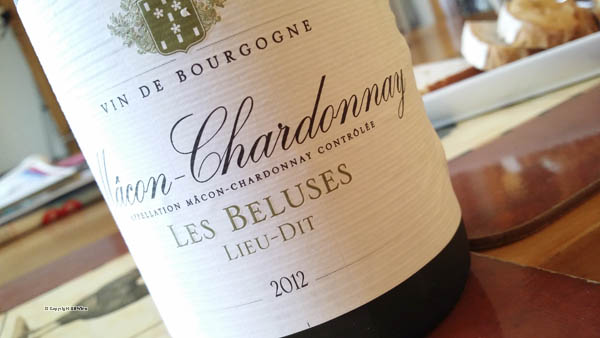
The character
Chardonnay does not have many similarities with its troublesome cousin in Burgundy, the Pinot Noir, except that they both have a character that is difficult to describe. You can recognise a Chardonnay on the soft, round, full and long taste. Fruitiness reminiscent of apple, melon, mango, pineapple and other exotic fruits, and nuts. A chardonnay wine is always more or less full-bodied.
The body is accentuated if the wine has spent time in oak barrels. Then the wine is perceived to have a buttery feel and a little burnt, roasted character. The colour of a chardonnay is often quite substantial for a white wine. The colour becomes stronger, more golden, after some time in oak barrels.
Chardonnay and oak
Chardonnay is not the only white wine that is oak aged but it is one of the grapes that responds best to this type of ageing. Chardonnay wines are sufficiently rich and complex not to let the oak character take over. But it can do so in any case, if you are careless and allow the wines to spend too long in oak barrels, especially if they are new.
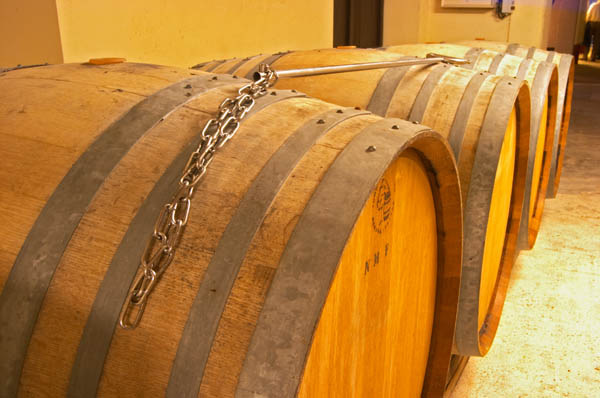
Long oak aging requires that the wines have enough structure and body (eg higher quality Burgundies) to manage a few years’ of bottle ageing. A few years in the bottle give them a more balanced oak character. The better producers in Burgundy ferment their Chardonnays in small oak barrels and then may continue their ageing in barrel maybe six months or up to a year.
Chablis
Chablis is a fair bit further north than the rest of Burgundy and here you will find a different type of chardonnay wines. The calcareous soil and the cool climate, and the absence in most cases of oak aging, make the wines crispy, steely, aromatic, less smooth than the southern-grown chardonnay wines. A perfect seafood wine. An oak aged Chardonnay would be a better match to, for example, a grilled turbot.
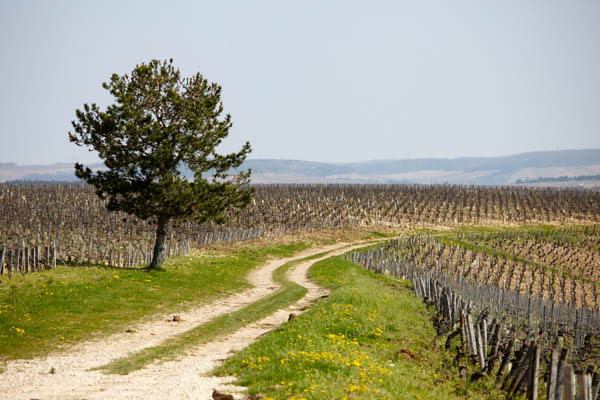
Montrachet, top class Chardonnay
That most of the Chardonnay wines are more or less nice to drink does not mean that there are no quality differences. The most famous, most expensive and most prestigious of all Chardonnay wines, even of all dry white wines, is the grand cru Montrachet vineyard in Burgundy. There is a certain aura about this 7 hectare vineyard that is shared between the villages of Puligny and Chassagne. That is why the two have both been able to add the name Montrachet to their village names.
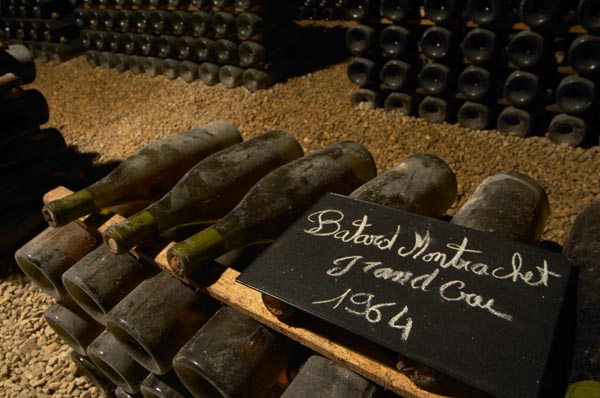
But even when it comes to such a prestigious wine the producer plays a big role, the quality is not always equal. The seven hectares are divided among several owners, the Marquis de Laguiche (with the most significant holdings), Bouchard Père & Fils, Domaine des Comtes Lafon, Domaine Ramonet, Domaine de la Romanée Conti and a few others. Total production is about 3 000 cases Montrachet each year. And the demand is great, despite the price tag.
What is the secret of Montrachet?
To find a good answer as to why Montrachet is so good, better than others, is hard to find. But here, more than anywhere else, the micro-climate and soil play important roles. In Puligny there are “village” wines, “premier cru” wines and “grand cru” wines with only a few meters apart. And the 10s and even 100s of euros that differ for a bottle, has to do with the soil’s diverse nature. Montrachet vines grow on a hillside with a south-south-east slope that provides maximum exposure to the sun.
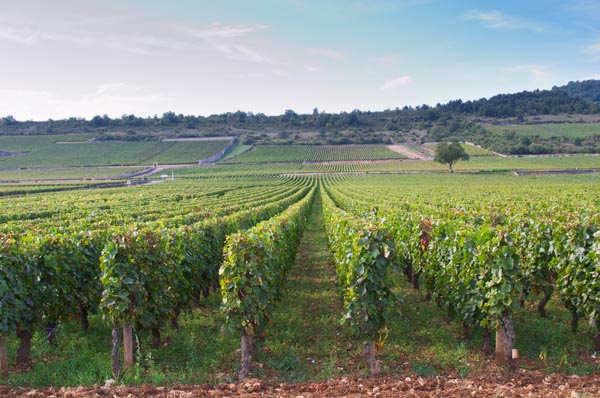
The Montrachet slope has milder winters, less risk of spring frosts, and is warmer in the summer than down on the “plain”. The soil, which is chalky and stony, is well-drained and contains a lot of iron. The rest of the Grand Cru vineyards of Puligny and Chassagne – Chevalier-Montrachet, Bâtard-Montrachet, Bienvenues-Bâtard-Montrachet and Criots-Bâtard-Montrachet – have similar, though not as perfect conditions, and therefore costs only half the price of one of the “le” Montrachet bottles.
Chardonnay from around the world
But, as I said in the beginning, Chardonnay grows successfully all over the world. According to statistics from Adelaide University it is today the world’s fifth most planted grape. You can find it in almost all the world’s wine producing countries. In warm climates, it becomes more powerful and in cold climates tighter.
It’s an interesting tasting to pick out five or six different chardonnays, from different countries, and see what common ground and similar traits, as well as differences, you can find.
Whatever wine style you like it’s a good chance that you will find something to suit, made from Chardonnay. Which is your favourite?
